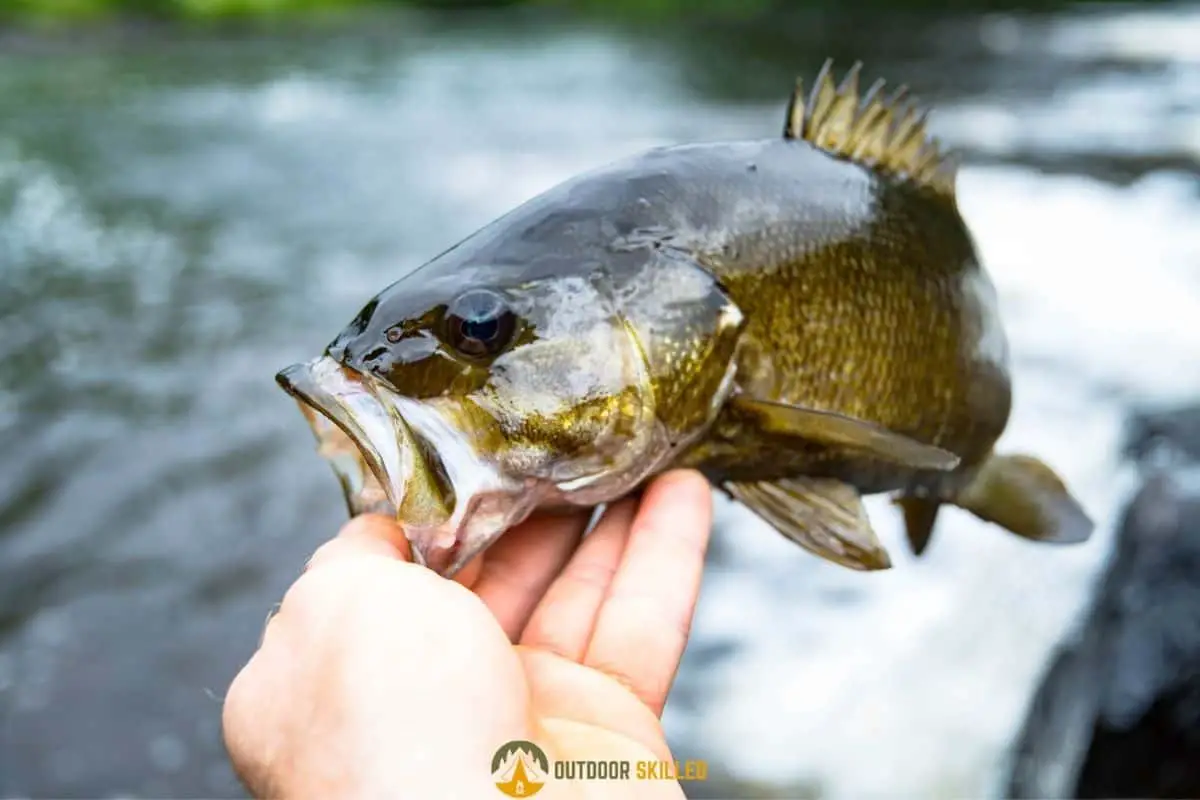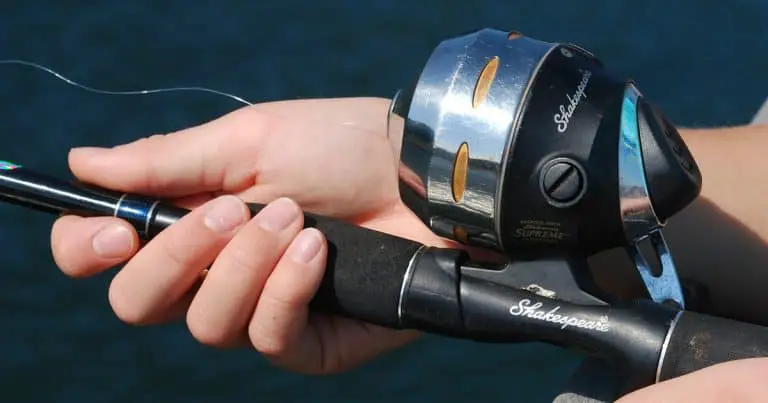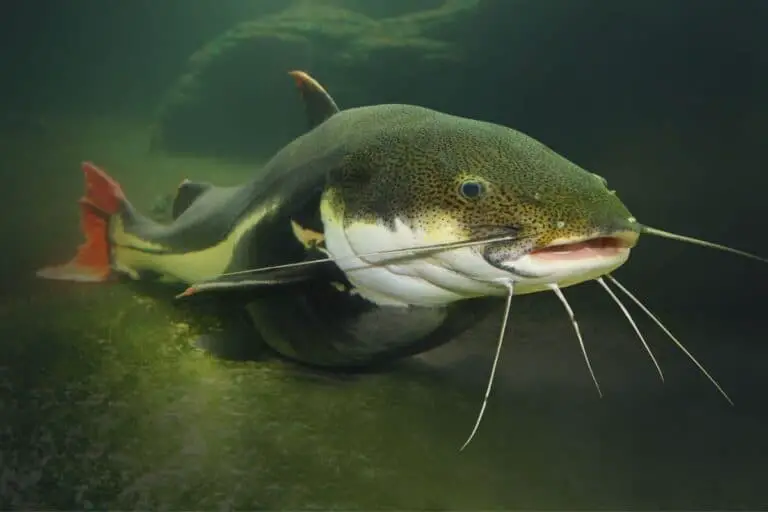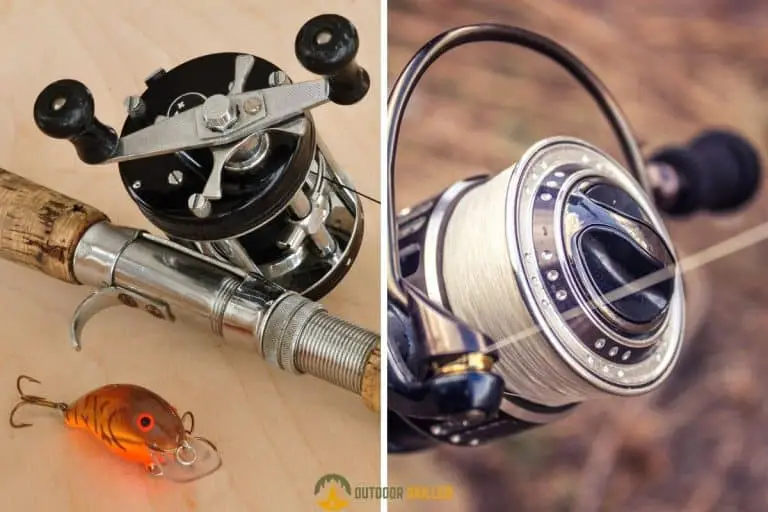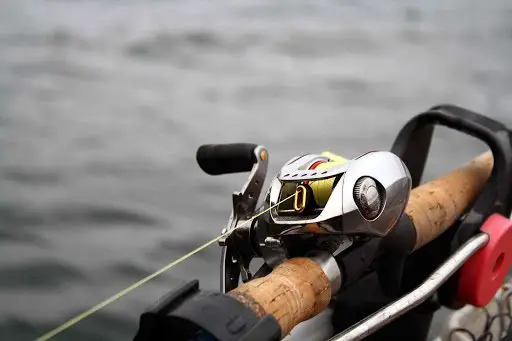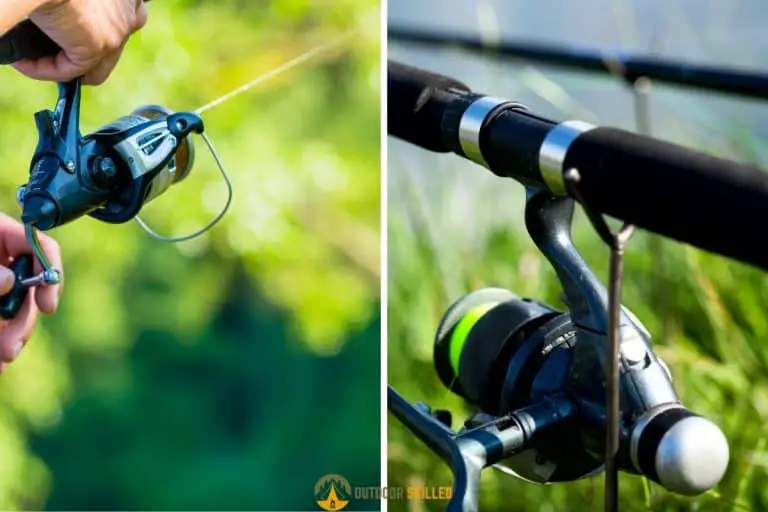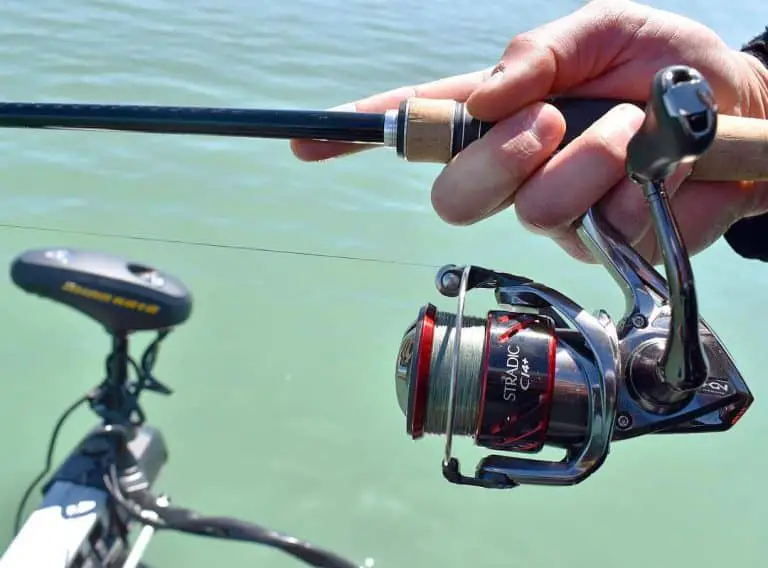Are Baitcasters Good For Bass? How to Choose The Right Reel for Bass
Baitcasters are the most popular kind of reel in the bass fishing community. There are many reasons that almost every professional bass angler prefers using baitcasters over spinning reels.
So, are baitcasters good for bass? Yes, baitcasters are good for fishing bass because they offer more control and accuracy when casting as well as being the best when it comes to casting for longer distances. They can also handle heavier lines and lures which are needed when fishing for bass.
There is quite a bit more to choosing the right reel for bass, though, so keep reading to know everything you need to know to catch more bass faster in your next fishing trip. You can also check the best reels for bass here, these are the picks that I’ve used for years, so I think they will be just as good for you as they were for me.
Table of Contents
Baitcasters VS Spinning Reels: Which Is Better for Bass Fishing?

Baitcasters may be known to outperform spinning reels when it comes to fishing for bass.
However, both fishing reels can actually be good for bass fishing. Your choice of which one to use will mostly depend on your preference and skill level.
Here are the key differences between baitcasters and spinning reels that you need to consider when bass fishing:
- Casting distance – Baitcasting reels have the ability to cast for longer distances, which is one of the main advantages they have over spinning reels.
- That means you can pitch an area of water to scout for bass far more effectively.
- Casting accuracy – Baitcasting reels offer a higher level of accuracy control than spinning reels.
- This is useful since bass is often found close to heavy cover, so the lure must be propelled close to the cover with perfect accuracy.
- Line capacity – Baitcasters have a bigger line capacity than spinning reels.
- Line Weight – Baitcasters can handle heavier lines and lures.
- A stronger and heavier line is more suitable for catching large fish like Bass and good for avoiding snagging and breaking when fishing in heavy cover where bass are often found.
- Reel Weight – Baitcaster reels are lighter in weight than spinning reels.
- Durability – Baitcasters are a lot more durable than spinning reels.
- Backlash – Spinning reels are less prone to backlashing than baitcasters.
- When using a baitcaster, the spool tension shouldn’t be too loose and the brake should be set tight enough, otherwise, the spool will spin out of control causing it to backlash and resulting in bird nests.
- Skill – Spinning reels are much easier to use, while baitcasters need more experience to master and they’re more difficult to maintain.
- Cost – Spinning reels are a lot cheaper than baitcasters. However, the added benefits of baitcasters can be worth the price.
How to Choose the Best Baitcasting Reel for Bass Fishing?

Because of their popularity in the bass fishing community, choosing the perfect baitcaster requires a good understanding of the features that make them suited to catching bass to avoid getting overwhelmed with all the options.
Here are the key features you need to consider when choosing your baitcasting reel for bass:
Frame Material
The material used for baitcasting reels is either graphite or aluminum.
Graphite frames are cheaper and not as durable. While aluminum is usually more expensive but higher in quality and more durable.
Round Profile Vs Low Profile
For bass fishing, a low profile reel is more recommended because it’s lighter and more mobile than a round baitcaster. It’s also good for covering a lot of water and throwing out more quick casts.
Gear Ratio
This is an important feature for bass fishing because it determines how fast you can reel the line back in from the cast.
Baitcasting reels ratios usually range from 5.4:1 up to 7.1:1. The recommended ratio for bass fishing is 6.4:1 because it allows for making both fast and slow presentations with a lure.
Spool Size
Going for a larger spool with baitcasters is better for bass fishing, as it can hold more line and help you cast for a longer distance.
They can also handle heavier pound-test line like braided line types which is ideal for bass fishing.
Bearings
For bass fishing, anglers believe that the more bearings a reel has, the more effective its performance will be.
Drag System
The drag system of a reel determines how much line can be spooled to a hooked fish that’s fighting hard.
This is important in bass fishing as it helps in preventing the tension from increasing which can result in the line breaking and losing the fish and lure
Brake System
Brake systems adjust and slow down the rotation of the spool when casting. If they’re set too high, it can lead to a lot of backlash. On the other hand, setting them too low can lead to overcasting.
The best baitcasting reel recommended is the Abu Garcia Black Max.

- The frame material is aluminum. It has a powerful drag system and high-quality components, which provide a good value for money
- It has a 6.4:1 gear ratio, which makes it perfect for bass fishing.
If you’re on a budget, you can check these budget-friendly baitcasting reels here.
How to Catch Bass with A Baitcaster?
In order to catch more bass with baitcasting reels, you need to be familiar with how to properly cast the reel.
Here are some tips you can follow:
- Shorten your motion and make it smoother when you’re casting by having your casting arm bent at the elbow while raising your rod until its tip goes slightly past vertical. This gives you the correct positioning to send the line out.
- Hold the reel properly by gripping the rod behind the reel and have your thumb resting on the spool, so it won’t spin until you want it to. This gives will give you more control over the flow of the line
- Press down on the reel spool with your thumb to slow the bait when it reaches your target. This would help you with avoiding backlash.
You also need to be familiar with what kind of rod, line, and lure to use when fishing for bass.
Here’s what most professional anglers recommended:
- Rod: a 7-inch Medium Heavy, Fast Action Casting Rod
- Line: a 20lb Braided Line with a Fluorocarbon leader
- Lure: Crankbaits, Spinnerbaits, Weedless Jigs, Swimbaits, and Topwater lures are the best for bass.
Related Questions
Are Baitcasters Only Used for Bass?
No, baitcasters are not only used for bass. While they’re commonly used for bass fishing, many anglers use baitcasters for other kinds of heavy fish, including different types of pike and catfish.
How Do Baitcaster Reels Work?
Baitcasting reels have a rotating spool and that sits on top of a casting rod with a trigger handle. The spool rotates by turning the handle on the side of the reel, which spools line onto the reel. The line comes straight off the spool and enters the guides on your fishing rod without any twists.
What Is a Baitcaster Bird Nest?
A baitcaster bird nest refers to the tangled line around the spool, which can take a lot of time to fix. It’s more common to occur with baitcasting reels. It can be avoided by learning how to properly adjust the brake and drag system of the baitcaster reel
Helpful Resources
Status of competitive fishing in the United States: trends and state fisheries policies

